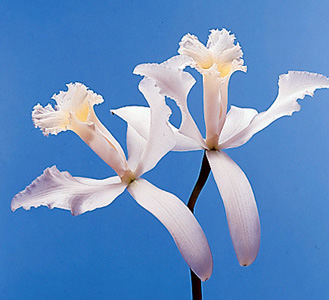Spread Floral Joy!
Elevate someone's day with a beautifully crafted flower bouquet fresh from our farms.
SHOP NOW
Summer Sale! Save 15% Site-Wide, Use Code Summer2025 at Checkout*
Elevate someone's day with a beautifully crafted flower bouquet fresh from our farms.
SHOP NOW